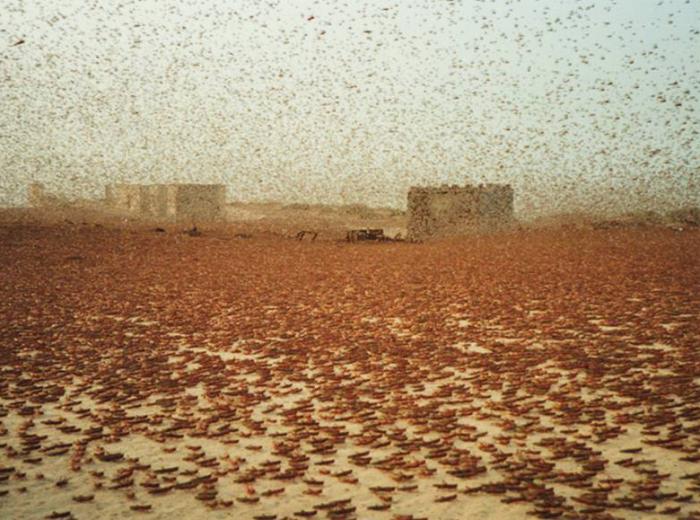Module 9: Climate Change and Food Supply
Video: Earth 103 Food Systems Module (1:25)
TIM BRALOWER: Good morning. You can't talk about food supply without talking about population. When many of you were born, global population stood at about 5 billion people. By the middle part of this century, the population will rise to about 9 billion people. And that's an astonishing increase, and the increase in population will surely impact food supply. It's really hard standing here in the middle of a cornfield in rural Pennsylvania to think that there are hungry people everywhere, and there are hungry people just a few miles away from where I'm standing. The main issue with the food supply that we'll discuss in this module is how climate change will impact it into the middle part of the century.
And there's nowhere more devastating than sub-Saharan Africa, where drought and increased temperature will impact food supply and the ability of countries to feed people. The main thing that I really worry about with food supply is the ethical issue. The countries that are emitting the most CO2 into the atmosphere-- the United States in particular-- is a country that can feed its people if it tries to, whereas those countries that are not emitting as much CO2 into the atmosphere are the countries that are going to be impacted by food supply issues in the most devastating way into the middle part of this century.
Introduction
Locusts, a group of swarming grasshoppers, are legendary pests. Plagues of locusts that demolished crops are described in the Bible and Quran; more recently, such plagues have occurred episodically in North Africa, the Middle East, and elsewhere. And research suggests that climate change may make such plagues even more frequent in the future. Locusts include species of grasshoppers that have solitary and swarming phases in their life cycle. Research indicates that swarming occurs when the density of locusts is elevated. Swarms can include billions or even trillions of individuals and each locust can fly as far as 500 km and eat the equivalent of their own weight in a day. A single swarm can eat enough food for 2,500 people in one day! Locusts, especially the desert locust of North Africa, have been known to completely demolish crops, and the only strategy is to hold populations in check with pesticides. There is evidence that swarms develop best when unusually wet weather is followed by prolonged warm conditions. The wet phase, which causes lush vegetation to grow, allows for prolific reproduction, and the warm phase enhances the gregarious, swarming behavior. Since climate change will cause more frequent intervals of elevated precipitation and heat waves, plagues may be more frequent, more populous in places such as North Africa, Southern Europe, the Middle East, China, and Australia. Such massive and unrelenting plagues will be difficult to control with pesticides.

Insects are just one of many challenges that will make it harder and harder for humankind to receive ample nutrition. As we will show in this module, food is most definitely one of the Grand Challenges of the 21st Century, and feeding the increasing global population will require a very different approach to the production and distribution of crops and other sources of nutrition. Climate change will make matters increasingly difficult, in particular in regions where food shortages already exist.
